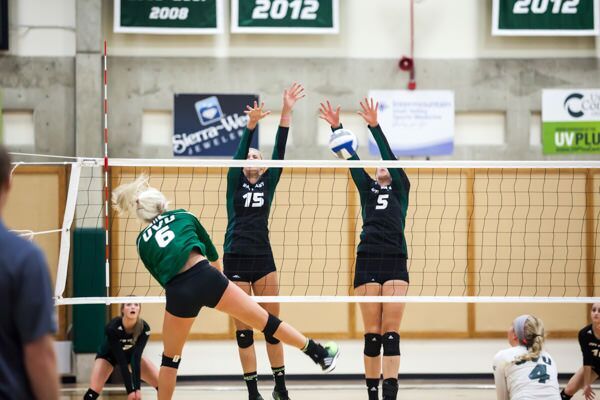The first thing to do when setting a new goal is to plan how you will pursue it. All goals should be realistic, measurable, and achievable. Each player should have their own individual goals based on their abilities and idea of success. Teams should also have a set of goals that are a bit more broad to account for all players working towards them.
The process of setting realistic goals
Imagine an athlete getting started in a new sport and setting their primary goal as competing in the Olympics. It may happen someday, but there are hundreds of small goals to achieve in route to the big one. There are obstacles and variables within training that will prevent a smooth path in route to reaching that milestone. This goal is far too broad and it will limit the athlete’s ability to track progress. Making or not making the Olympics is the only measurable aspect, and that will limit the effectiveness of their training. A more feasible approach would be to set lesser goals and knock them down one at a time; making adjustments to the plan as work towards the ultimate goal of competing in the Olympics is completed.
Goal setting is a continuous process and needs to be re-evaluated and adjusted based on performance. Sometimes, as we look back at our goals, we find that we’ve made them either too difficult, too easy, or altogether immeasurable. Every athlete should adjust their training plan over time as their goals and training needs evolve. As a coach, it is my responsibility to sit down with each of my athletes at various times throughout the season to review their goals and progress. As we assess together, I can adjust the game plan to either help push them farther, or reimagine more attainable goals.
Setting Realistic Goals for Team Growth

From a team perspective, coaches should also establish goals for players to work toward together. These, just as those for individuals, should be realistic, measurable and achievable. If our only goal is to go undefeated on the season, it will create unnecessary stress for the players. The entire success of the season will be hinged on just one loss. Conversely, if you set the target too low—winning just one game, perhaps—there will be nothing more to work toward once the goal is accomplished. A better way to design a team goal may be to say, “let’s win ‘x amount’ of games,” or “we want to win at least ‘x amount’ of our home games,” or “let’s make reaching the playoffs our main goal.” Then, as the season progresses, the team can accomplish some things and still have others to work towards.
Goals should be considered as stepping stones toward improvement, whether individually or as a team. They must be reviewed and revised regularly to ensure they are not too easily achieved or too difficult to track progress towards. Goals will need to be worked on together between individuals and their coach to achieve ultimate success.

Matt Ehlers is a Gold-level volleyball coach who has been coaching since 2008! He has over 30 years of volleyball experience, and has completed over 600 CoachUp sessions. You can find Coach Matt’s profile here and book a session with him today!
How useful was this post?
Click on a star to rate it!
Average rating 0 / 5. Vote count: 0
No votes so far! Be the first to rate this post.



